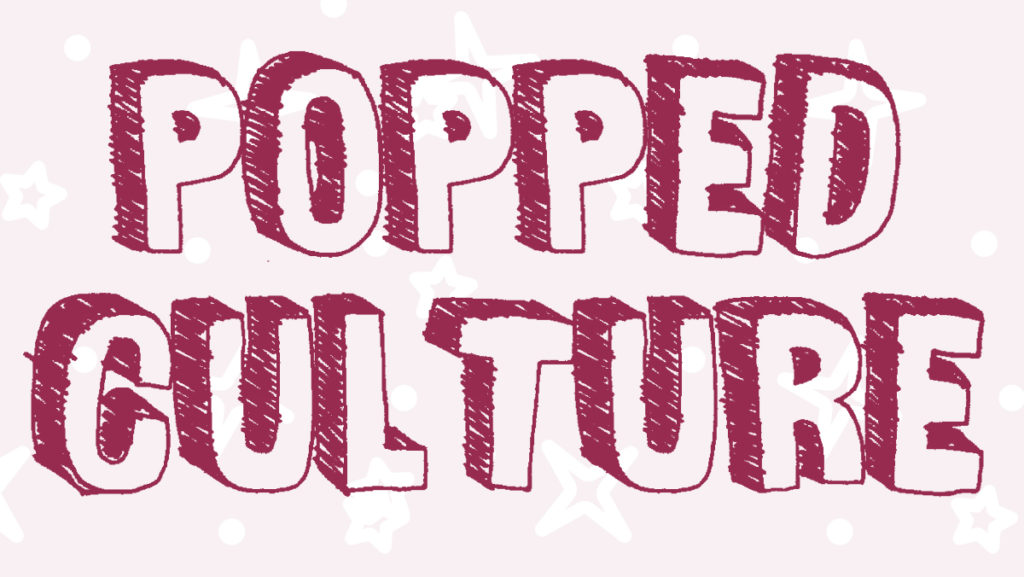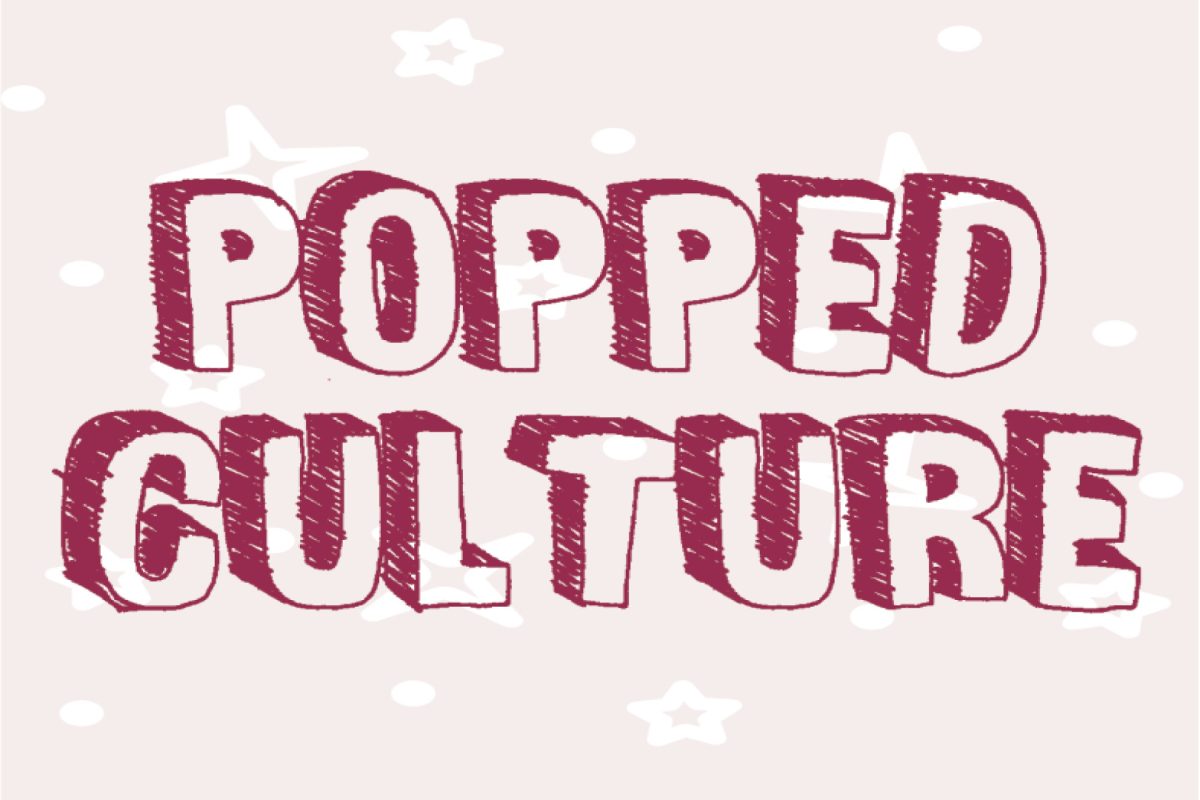After the recent release of Disney’s “Raya and the Last Dragon,” there has been speculation among fans as to whether or not the titular character will become the company’s next official Disney Princess. While Disney has yet to confirm or deny Raya’s princess status, the conversation has set my mind abuzz — why do Disney Princesses even exist in the first place, and why are they still relevant today?
The Disney Princess franchise as we know it was conceived in 2000 by Andy Mooney, former president and chairman of Disney Consumer Products. According to anecdotes peppered around the internet, Mooney was inspired after attending a Disney on Ice show. At the event, he saw little girls dressed up in off-brand costumes, generic princess regalia and homemade dresses. When he asked parents at the show if they would purchase officially licensed Princess products, they said yes, and his plan for the future of Disney’s princess characters was made clear.
It is painfully obvious that the franchise was created as a way for Disney to rake in a little extra cash. By creating this franchise over two decades ago, Disney found a foolproof way to squeeze more money out of parents and Disney fans — and it worked like a charm. The Disney Princess franchise is one of the most lucrative media franchises in existence, and it continues to pull in billions of dollars annually for the company.
Becoming an official Disney Princess isn’t as straightforward as simply being a princess in a Disney movie. After all, Mulan isn’t a royal, but she is a Disney Princess. While there aren’t any official rules dictating who can and cannot become a Disney Princess, hardcore Disney fans have compiled a list of prerequisites that many official Disney Princess share.
Besides being born or marrying into royalty, a character can also be crowned a
Princess if they perform an act of true heroism — hence why Mulan is included. Other requirements say that the character has to be humanoid, must be animated, can’t be introduced in a sequel and needs to be from a Disney property.
When you take a fine comb to Disney Princesses, it quickly becomes clear that the idea behind them is wholly arbitrary. When you look at Disney’s massive list of female characters, there are a large number of them who qualify for the title but miraculously are not included. Nonroyal characters like Megara from “Hercules,” Jane Porter from “Tarzan” and Wendy from “Peter Pan” theoretically meet all of the same qualifications that Mulan does, yet they aren’t marketed as Disney Princesses.
Pixar princess Merida is allowed to be a Disney Princess because Pixar is a property of Disney. By this logic, a character like Anastasia from Fox Animation Studios could theoretically be a Disney Princess, thanks to Disney’s acquisition of Fox.
Besides the arbitrary nature of the selection process, there are many people who accuse the concept of Disney Princesses of being old-fashioned. The argument says that older Princesses like Snow White and Aurora from “Sleeping Beauty” reinforce outdated standards for young women and have no place remaining relevant in today’s society.
Whether or not Disney Princesses are anti-feminist or relevant is a rather contentious issue, but there is some level of truth to the argument. Media shapes young minds, and there is evidence to suggest that Disney Princesses shape the way children see the world around them. It is hard to tell if this influence is wholly good or bad, but it is crucial to understand that these characters are much more than a way for Disney to line its pockets — they also have a major impact on the way children interact with the world.
My issue with Disney Princesses is that the franchise ultimately reduces strong female characters to superficial, voiceless versions of themselves. Removing characters from the context of their movie might have been okay for more classic princesses like Snow White and Belle. As Disney continues to release characters who rely on deeper cultural and historical contexts — characters like Moana and Tiana, who are both officially marketed as Disney Princesses — it becomes more unacceptable to remove them from those contexts. This is the primary reason why I do not want Raya to become a Disney Princess.
Strong, culturally influential characters like Raya should be allowed to exist without being tied to an arbitrary, superficial hierarchy. It seems like including the first Southeast Asian princess in the Disney Princess elite would be a great idea in theory, but she deserves to stand on her own.





